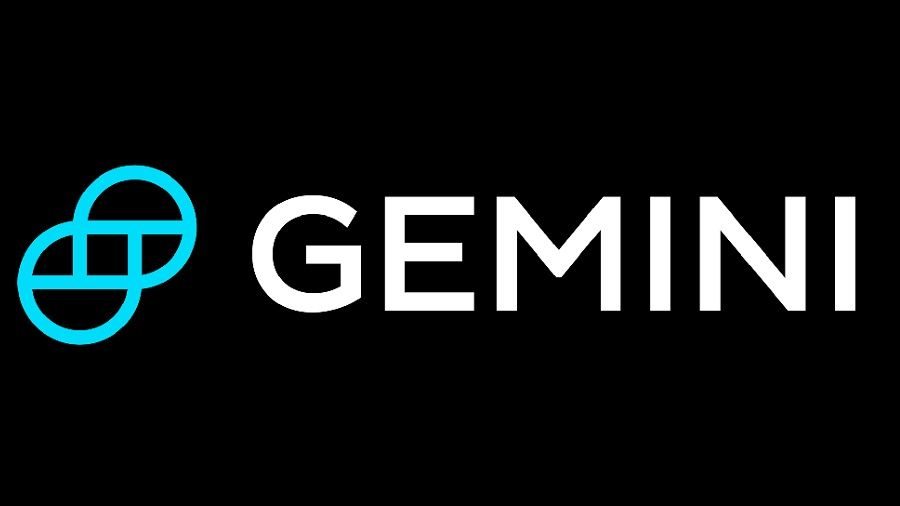Measured monthly by the IBGE, the Producer Price Index (IPP) increased by 1% in July, compared to May this year.
The indicator measures price changes in extractive and manufacturing industries at the doors of factories, in 23 sectors, not counting expenses such as taxes and freight, and works as a kind of industry inflation.
The result was released this Thursday (28), by the Brazilian Institute of Geography and Statistics (IBGE).
The data represents a deceleration, when compared to the high of 1.81% in May.
The researchers analyze three major economic categories: capital goods, intermediate goods and consumer goods, in their three variations (durable, semi-durable and non-durable).
The 1% increase is the second highest recorded for June since the beginning of the historical series, in 2014.
With the result, in the year, the IPP has a high of 10.12% in 2022.
The level is higher than the Broad National Consumer Price Index (IPCA), which measures the country’s official inflation in the same period: 5.49%.
In the 12-month period, the IPP presents an increase of 18.78%. The IPCA for the same period is 11.89%. Both indicators are produced by the same institute.
The four major changes registered by the IPP were in petroleum refining and biofuels (4.05%), printing (3.97%), food (1.99%) and mining and quarrying (-2.89%).
Regarding the influence on the result, petroleum refining and biofuels contributed with 0.52 percentage points, followed by food (0.46 pp), mining and quarrying (-0.17 pp) and metallurgy (0.10 pp).
Refining also accounts for the highest accumulated sectoral inflations perceived by the IPP: 31.48% in 2022 and 59.69% in the last 12 months.
According to the IBGE, the data is linked to the costs of oil derivatives, as explained by Murilo Alvim, the IBGE analyst responsible for the research.
“This is partly due to higher crude oil prices, with global demand heated up since mid-2021, but not being accompanied by a growth in supply. Factors such as the war between Russia and Ukraine end up limiting this world supply even more”, says Alvim.
The specialist also highlights the rise in food prices, driven by milk and its derivatives.
“The dairy products group shows a variation of 14.91% in the month, which is the highest result in the entire series in this indicator. And this increase is a consequence of the beginning of the milk off-season, which ended up limiting an offer that was already scarce due to climatic issues, such as drought in several regions of the country, and due to higher production costs”, he concludes.
Intermediate goods, inputs purchased from one company by another for the production process, were responsible for 0.62 pp of the 1% change.
Consumer goods, demanded by individuals and families, participated in the result with 0.32 pp. Capital goods, such as equipment and infrastructure, account for 0.07 pp.
Source: CNN Brasil
I am Sophia william, author of World Stock Market. I have a degree in journalism from the University of Missouri and I have worked as a reporter for several news websites. I have a passion for writing and informing people about the latest news and events happening in the world. I strive to be accurate and unbiased in my reporting, and I hope to provide readers with valuable information that they can use to make informed decisions.







